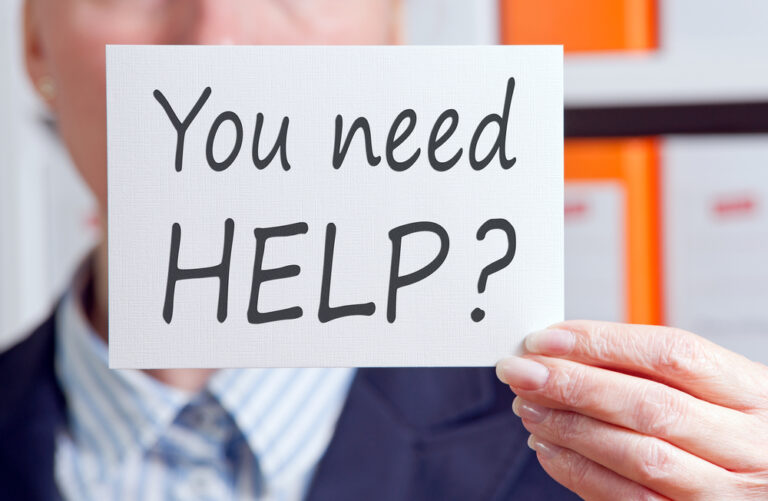Changes are coming to Wyoming’s behavioral health system
July 2, 2024
After several years of planning and coordination with partners across the state, changes to Wyoming’s behavioral health system are underway, according to the Wyoming Department of Health (WDH).
“For many years, our department has provided millions of state dollars to community mental health centers to help ensure access to care for Wyoming residents seeking care for mental health and substance use issues, regardless of their ability to pay,” said WDH Director Stefan Johansson. “It’s one of our largest budget items and it’s clearly important, but there have been challenges.”
A major new law passed in 2021 by the Wyoming Legislature supported efforts to strengthen Wyoming’s behavioral health system. A key goal is to focus state resources on those who need them most: adults with acute psychiatric disorders, criminal justice-involved clients, high-needs children and families, and low-income and indigent populations with access to mainstream care.
Johansson said: “We really want to help ensure that people with high needs and serious mental illness are not left behind before their needs get worse. As we carefully prepare for these changes, one of the priorities for our department and our partners has been to help answer the question: ‘What is the role of state government?’”
To help direct state funds to where and when they are needed most, the redesigned process aims to ensure that people seeking services who might benefit from financial assistance from other sources such as Wyoming Medicaid or private insurance are supported by those sources rather than state funding alone.
“When Wyoming’s community mental health system was designed, there was less financial support available for behavioral health services through options like private insurance. But that has since changed, providing an opportunity to potentially share the financial burden,” Johansson said.
Franz Fuchs, a senior policy analyst at WDH, said, “People will notice that all residents seeking state-funded behavioral health services must now apply through Wyoming Medicaid. While this does not mean you have to be eligible for Medicaid to receive assistance, this step will allow for additional potential sources of payment beyond the state’s general fund and verify income, citizenship and residency.”
Without an application on file, WDH will not be able to pay for services received after July 1. “Community health centers and organizations like Enroll Wyoming can help people complete the necessary application,” Fuchs said.
Since Wyoming Medicaid is also part of the WDH, using existing systems to verify eligibility and manage payments to community mental health centers is an efficient solution.
Fuchs acknowledged that some people will no longer be eligible for publicly funded services through the community mental health center network. These include people whose incomes are above 200 percent of the federal poverty level (FPL) and who do not have significant behavioral health needs. For people in this group who do not already have insurance, heavily subsidized insurance is likely available on the federal marketplace.
There have also been changes to provider payments. “We are moving from block grants to a mix of block grants, service payments and outcome payments,” Fuchs said.
“The hope of many involved in this restructuring is that focusing state resources on high-needs patients could eventually lead to cost savings and reduced pressure on other parts of Wyoming’s behavioral health system, such as frustrating wait lists,” Fuchs said. “If we can reduce repeat hospitalizations or divert patients from institutional settings in the first place, that would be a win for both patients and our state facilities.”
Matt Petry, WDH’s Senior Administrator of Behavioral Health, said, “We are making big changes and we certainly recognize that change is not always easy. We are truly grateful and want to thank our partners at Wyoming Community Mental Health Centers, law enforcement personnel, state and local corrections leaders, justice system officials, Department of Family Services staff, and state policymakers for their participation and willingness to work with us.”


